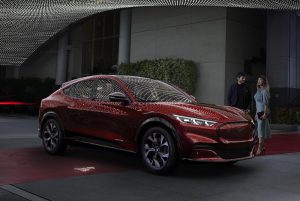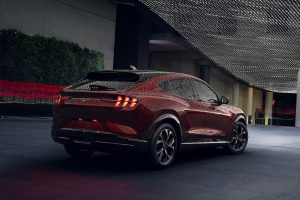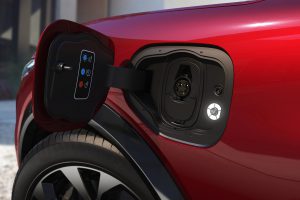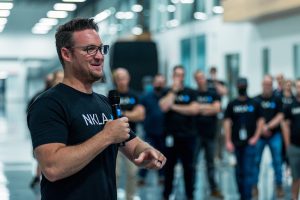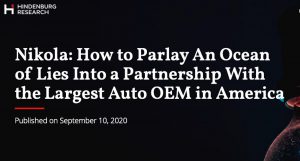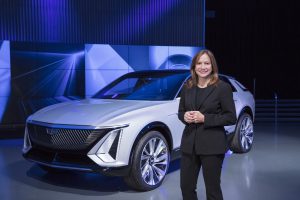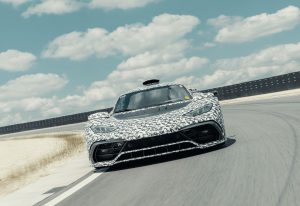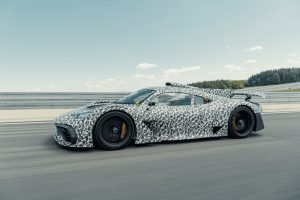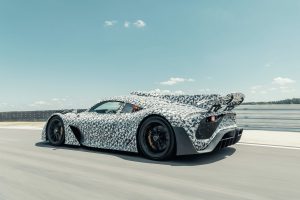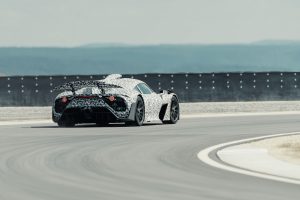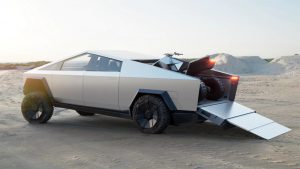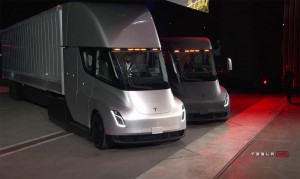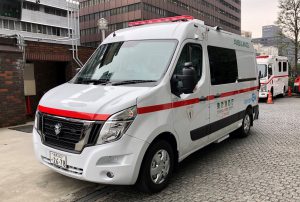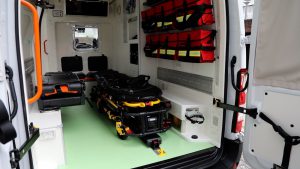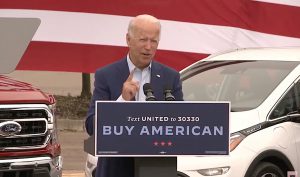
Did Joe Biden reveal future plans for an all-electric Chevrolet Corvette during a Detroit area campaign stop?
If you’re looking to break news about future plans for the Chevrolet Corvette, Democratic president nominee Joe Biden may be better than another well-known Washington D.C. informant, Deep Throat.
During a campaign stop Wednesday in Warren, Michigan, the former Vice President reminded a group of supporters that he’s a car fan. In fact, it’s pretty well known that he’s the proud owner of a dark green 1967 Corvette that he’s “owned since new.”
However, for the second time in about a month, he may have given away some of GM’s future plans for the new ‘Vette: “But I gotta tell ya, I’m waiting for that electric one y’all just made that does 210 mph.”
(Internal dokument confirms 1,000-hp Corvette C8 Zora.)
GM officials have never formally announced plans for an all-electric version of the new C8 model of the Corvette, although they have trademarked the name “E-Ray” so it’s clearly on the company’s mind.
GM insiders have dropped strong hints that an “electrified” Corvette is on its way, but they’ve also been blurry about what that would mean. During the preview of the eight-generation, or C8, Corvette in Orange County, California last year team members told TheDetroitBureau.com that the mid-engine sports car’s new platform was specifically designed to accommodate batteries.
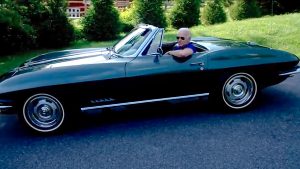
Democratic Party nominee Joe Biden is a big fan of the Corvette. He owns a 1967 model himself.
That’s in line with a report posted here in April outlining the hierarchy of ‘Vettes to come during the current lifecycle. As has become the pattern, the C8 Stingray will be followed by models such as the Z06, the ZR1 and others, each delivering more extreme levels of performance.
According to various sources, the next Corvette Grand Sport seems poised to be the first electrified model, pairing a hybrid drive with the current 6.2-liter V-8 to punch up from 495 to around 600 horsepower. The COVID-19 pandemic is expected to push the original 2023 launch back by about a year.
That’s unlikely to be the 210 mph model that Biden was referring to. While that model might use the name “E-Ray,” it could also be the long-rumored Corvette Zora, Chevrolet’s answer to ultimate flagships like the Ferrari Enzo.
Named for Zora Arkus-Duntov, the legendary General Motors engineer widely known as “the father of the Corvette,” it’s destined to be the “ultimate” version of the new C8 mid-engined ‘Vette. The Zora, according to conventional wisdom within auto circles, was supposed to rely on a gas-electric hybrid drivetrain that will deliver a full 1,000 horsepower through all four wheels.
(First Drive: 2020 Chevrolet Corvette Stingray.)
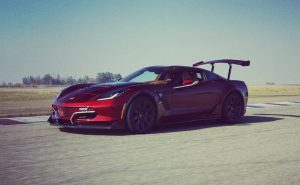
Biden could have been referencing the Genovation GXE all-electric Corvette during his speech.
Intriguingly, GM has hinted that its new Ultium-based electric driveline could make 1,000 horsepower – in fact, that being the number it has promised for the upcoming GMC Hummer pickup. So, that might suggest that a Corvette Zora could itself go all-electric, rather than opting for a hybrid driveline.
Confounding the picture, GM President Mark Reuss has suggested the automaker’s plans now call for skipping hybrids in favor of pure battery power – something that doesn’t gibe with reports of upcoming Corvette hybrids of any form. But the ‘Vette team has a history of working outside the box and could get a bit more freedom.
Then, of course, there’s the possibility that what the Democratic presidential candidate was referring to isn’t actually a factory-built Corvette at all. There are a number of companies now converting conventional, gas-powered vehicles to run on battery power. It’s quite possible that’s what Biden was referring to in his comments in suburban Detroit on Wednesday.
“I can’t wait to get to set behind (the wheel of) that all-electric Corvette that goes 210 miles per hour,” he said. “Last year, that converted Corvette set a speed record of 210.2 miles per hour — an electric vehicle.”
One conversion company, Genovation GXE, is now promoting what it claims to be “the world’s first street legal all-electric car to break the 200 mph barrier.” (That might come as a surprise to Croatia’s Rimac whose C_2 hits 258 mph.)
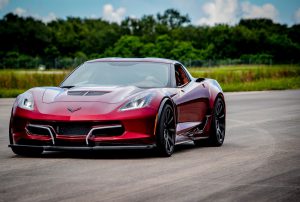
Genovation’s electric ‘Vette set a new record of 210.2 mph, then broke it two months later clocking 211.8 mph.
Last September, Genovation raced its converted C7 Corvette to 210.2 mph, setting a new record in the process. The Rockville, Maryland-based company then tweaked the sports car a bit more and posted an even faster time in December of 211.8 mph.
(GM reveals flexible EV platform, new “Ultium” batteries.)
Whether that was the car Biden was referring to is unclear but, with GM officials declaring that the company is “on a path to an all-electric future,” all signs point to the likelihood that it’s only a matter of time before we’ll be able to plug in a battery-powered Corvette.
(Paul A. Eisenstein contributed to this report.)
For GREAT deals on a new or used Chrysler, Dodge, Jeep or RAM check out Future Chrysler Dodge Jeep RAM TODAY!
